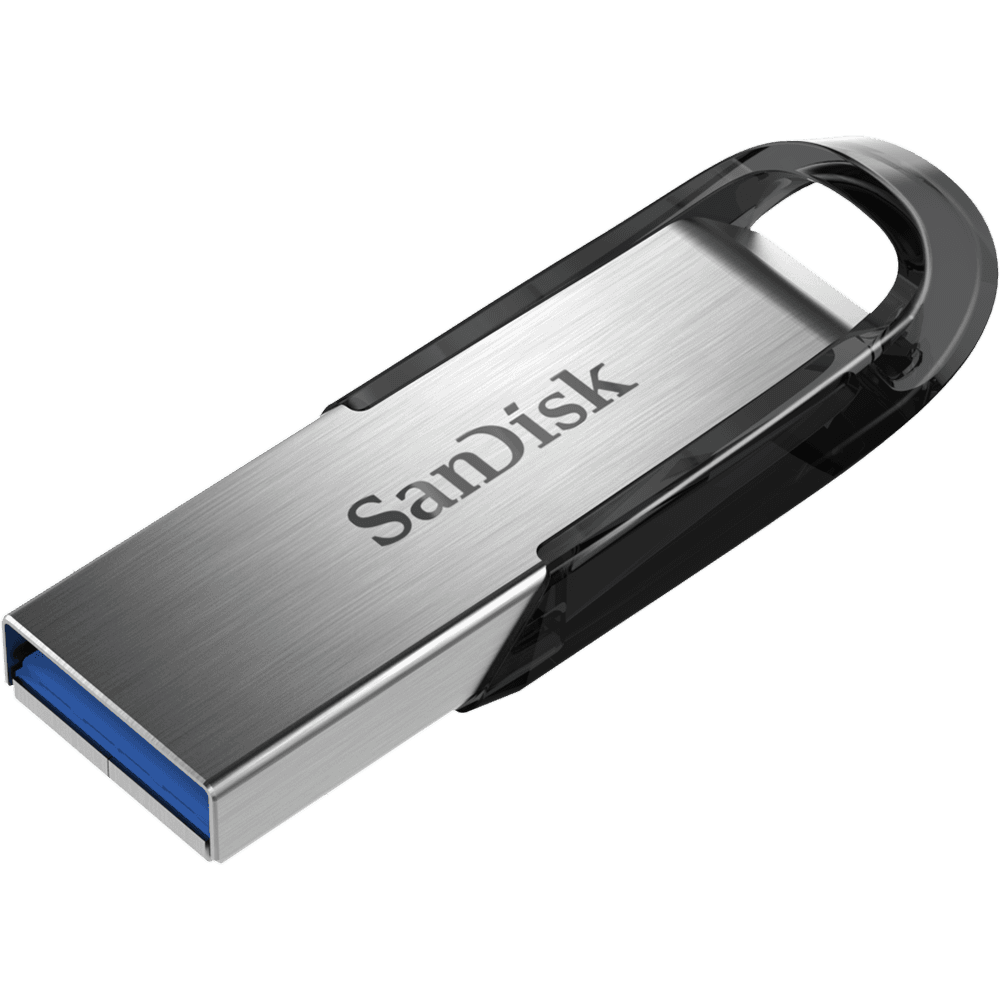Java technology is used to develop applications for a wide range of environments,
from consumer devices to heterogeneous enterprise systems. In this section, get a
high-level view of the Java platform and its components.
The Java language
Get to know the Java APIs
Most Java developers constantly reference the
official online Java API
documentation— also called the Javadoc. By default, you see three
panes in the Javadoc. The top-left pane shows all of the packages in the API,
and the bottom-left pane shows the classes in each package. The main pane (to
the right) shows details for the currently selected package or class. For
example, if you click the
java.util package in the top-left pane
and then click the
ArrayList class listed below it, you see details
about
ArrayList in the right pane, including a description of what
it does, how to use it, and its methods.
Like any programming language, the Java language has its own structure, syntax rules,
and programming paradigm. The Java language's programming paradigm is based on the
concept of OOP, which the language's features support.
The Java language is a C-language derivative, so its syntax rules look much like C's.
For example, code blocks are modularized into methods and delimited by braces
(
{ and
}), and variables are declared before they are
used.
Structurally, the Java language starts with
packages. A package is the Java
language's namespace mechanism. Within packages are classes, and within classes are
methods, variables, constants, and more. You learn about the parts of the Java
language in this tutorial.
The Java compiler
When you program for the Java platform, you write source code in .java files and then
compile them. The compiler checks your code against the language's syntax rules,
then writes out
bytecode in .class files. Bytecode is a set of instructions
targeted to run on a Java virtual machine (JVM). In adding this level of
abstraction, the Java compiler differs from other language compilers, which write
out instructions suitable for the CPU chipset the program will run on.
The JVM
At runtime, the JVM reads and interprets .class files and executes the program's
instructions on the native hardware platform for which the JVM was written. The JVM
interprets the bytecode just as a CPU would interpret assembly-language
instructions. The difference is that the JVM is a piece of software written
specifically for a particular platform. The JVM is the heart of the Java language's
"write-once, run-anywhere" principle. Your code can run on any chipset for which a
suitable JVM implementation is available. JVMs are available for major platforms
like Linux and Windows, and subsets of the Java language have been implemented in
JVMs for mobile phones and hobbyist chips.
The garbage collector
Rather than forcing you to keep up with memory allocation (or use a third-party
library to do so), the Java platform provides memory management out of the box. When
your Java application creates an object instance at runtime, the JVM automatically
allocates memory space for that object from the
heap— a pool of
memory set aside for your program to use. The Java
garbage collector runs
in the background, keeping track of which objects the application no longer needs
and reclaiming memory from them. This approach to memory handling is called
implicit memory management because it doesn't require you to write any
memory-handling code. Garbage collection is one of the essential features of Java
platform performance.
The Java Development Kit
When you download a Java Development Kit (JDK), you get — in addition to the
compiler and other tools — a complete class library of prebuilt utilities
that help you accomplish most common application-development tasks. The best way to
get an idea of the scope of the JDK packages and libraries is to check out the JDK API documentation.
The Java Runtime Environment
The Java Runtime Environment (JRE; also known as the Java runtime) includes the JVM,
code libraries, and components that are necessary for running programs that are
written in the Java language. The JRE is available for multiple platforms. You can
freely redistribute the JRE with your applications, according to the terms of the
JRE license, to give the application's users a platform on which to run your
software. The JRE is included in the JDK.
This is a short description in the author block about the author. You edit it by entering text in the "Biographical Info" field in the user admin panel.










0 comments:
Post a Comment